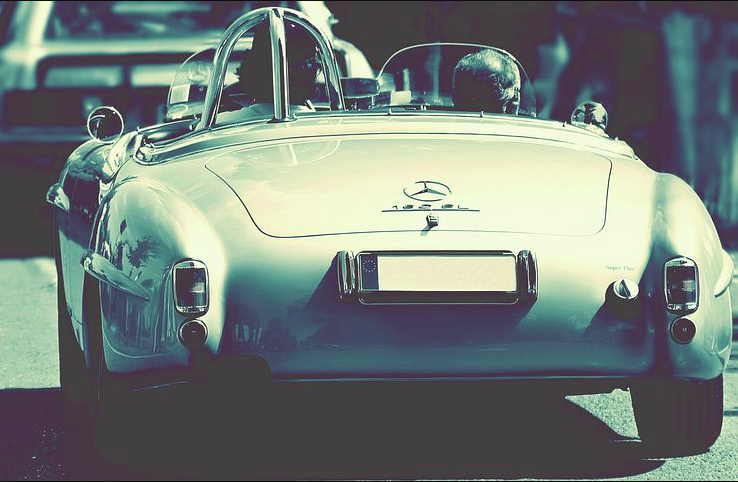Posted on 2/1/2021

The History of BMW 2002 The BMW 2002 first rolled off the line in 1968. This iconic car's base model came stock with a single carburetor that produced 101 horsepower; this matched the Datsun 510 at the time. The BMW 2002Ti, an upgraded version, sported twin Solex 40 carburetors with a higher compression engine that delivered 119 hp, which pushed this little powerhouse to a top speed of 115 mph putting in the class of the likes of the Austin-Healey 3000 MkIII, but this 2002Ti seats 4 with space in the boot (trunk). The 2002Ti weighed more, but with those twin Solex 40's it had the pulling power to deliver both speed and performance. When 1969 rolled around, BMW offered an automatic 2002 with a 3-speed transmission with a single carburetor engine. This coupe was not designed for sport but as a stylish easy-driving car. By 1971, BMW offered yet another version; the cabriolet had a 1.6-liter engine that was later upgraded to a 2-liter engine making it a ... read more
Posted on 1/1/2021

History of The 911 When the Porsche 911 first rolled off the production line, it had a 2.0-liter air-cooled flat-six engine in the boot. This engine design was in production until 1998. Not everyone knows that the 911 was initially called the 901. It turns out that Peugeot claimed the rights to cars with a three-digit number having a 0 in the middle, and so Porsche changed the name to 911. Throughout the years, Porsche made a number of styling updates to the 911 and employed various technological upgrades. In '83, Porsche upgraded to a 3.2-liter engine in the Carrera 3.2, and in the 964, they put a 3.6-liter engine. In 1967 Porsche believed that convertibles would be made illegal in the United States, which is why they initially designed the Targa, named after the Targa Florio race. It took until 1983 for Porsche to produce a full convertible. 1988 was a monumental year for Porsche because the 911 classic was replaced by the ... read more
Posted on 11/1/2020

The Racing History of Porsche Within the automotive racing history, Porsche is a flagship racing icon. Their production car, stock comes ready to hit the track as a serious competitor. They are race-ready with their gorgeous lines and rumble under the hood. The most common race cars are the GT2 and GT3 models. Yes, even though they are a streetcar, it is most common to see these luxury vehicles tuned and stripped, ready for the track and performance racing. You are less likely to see them with added creature comforts on the road. These cars exist for the track, and we are lucky to drive them on the road. Porsche has a history of reliability. Did you know that over 70% of Porsches are still roadworthy and driving to this day? Comparing that to production models of the common car, the percentage of roadworthy Porsches still driving today is astronomical. With this ratio, it is no wonder that most of Porsche's titles, winnings, and trophies are from long-distan ... read more
Posted on 9/1/2020

The world had no idea what was in store when Gottlieb Daimler (1834 - 1900) & Carl Benz (1844 - 1929) were born into the world. This powerful duo pushed our world into a new era with their quest for automobile innovation and technology, leading us into a new wave of the future. In the late 1800s, Carl Benz produced the world's first 2-stroke engine powered bicycle. Soon after, Benz & Daimler teamed up to form a company focusing on research and development of a 4-stroke engine designed to power an automobile. Of course, this comes after a few business ventures with other shareholders that did not share their vision and only wanted to work on developing stationary engines. As we all know, this was not to be their destiny, and so they parted ways. Daimler & Benz stayed true to their dream separately and together, focusing on building the world's first automobile, first by inventing the first internal combustion engine called The Grandfather Clock in 1884, foll ... read more